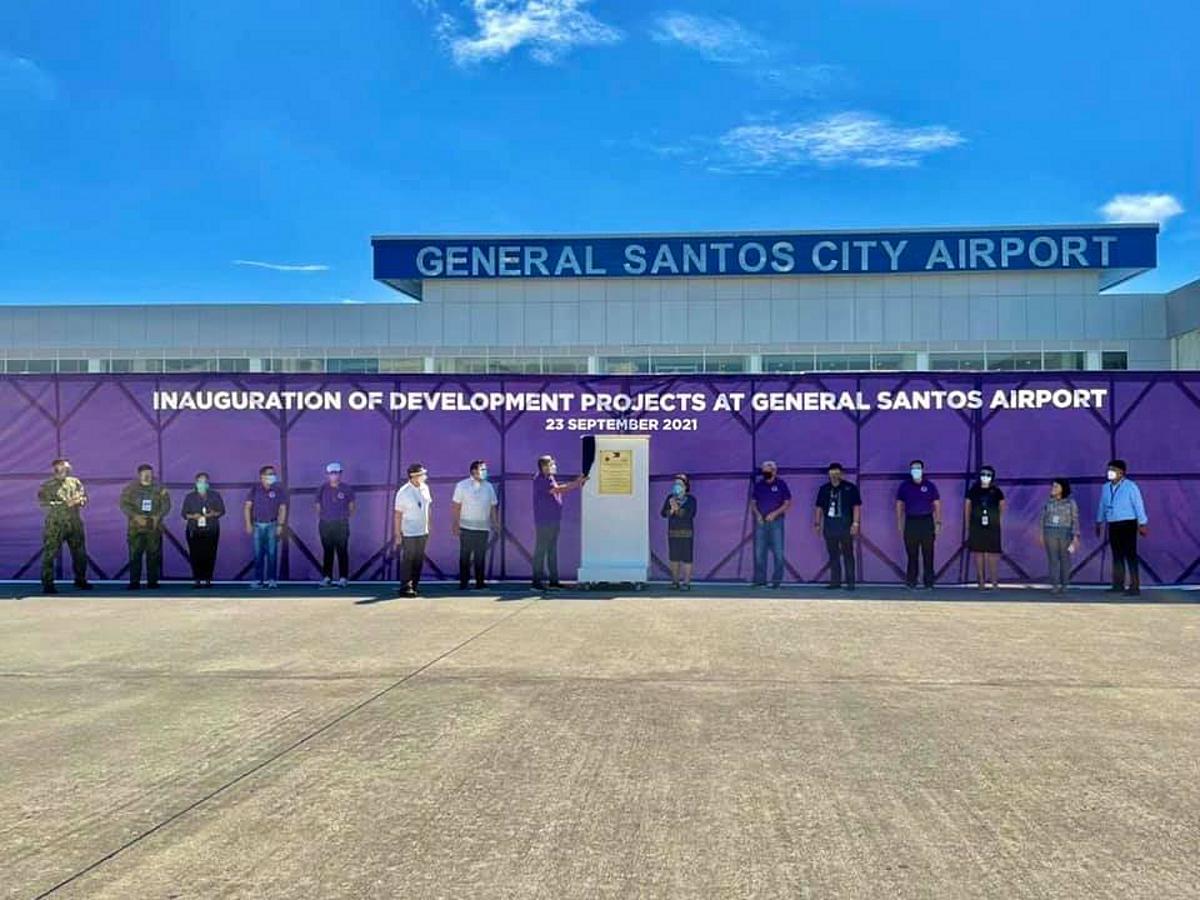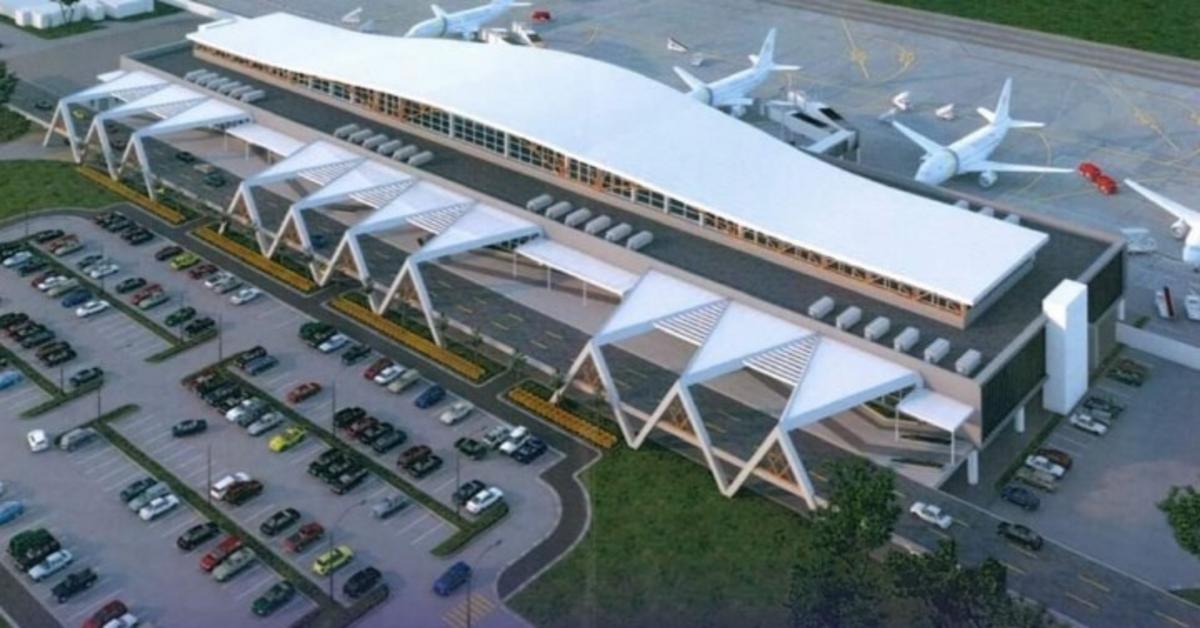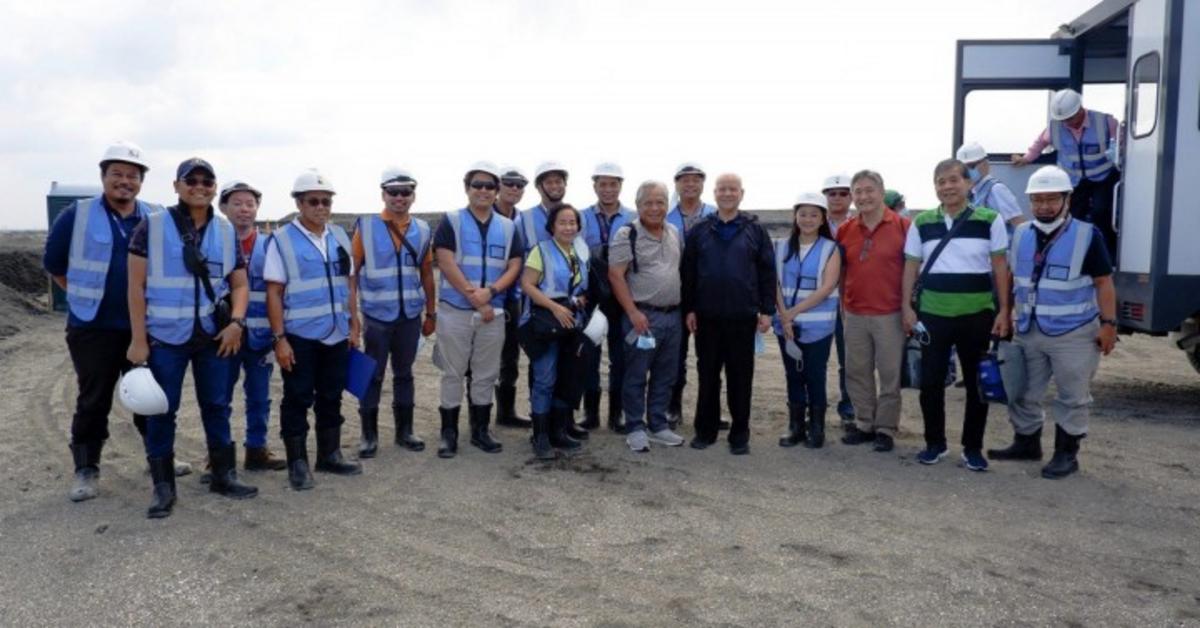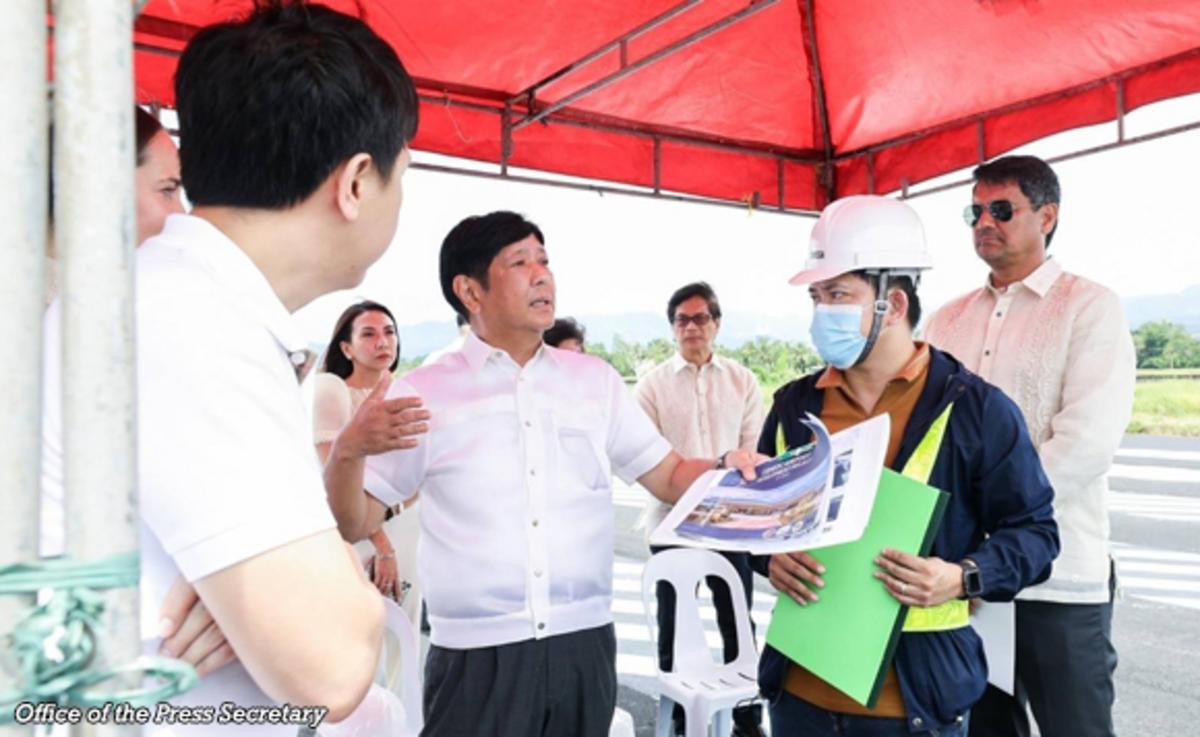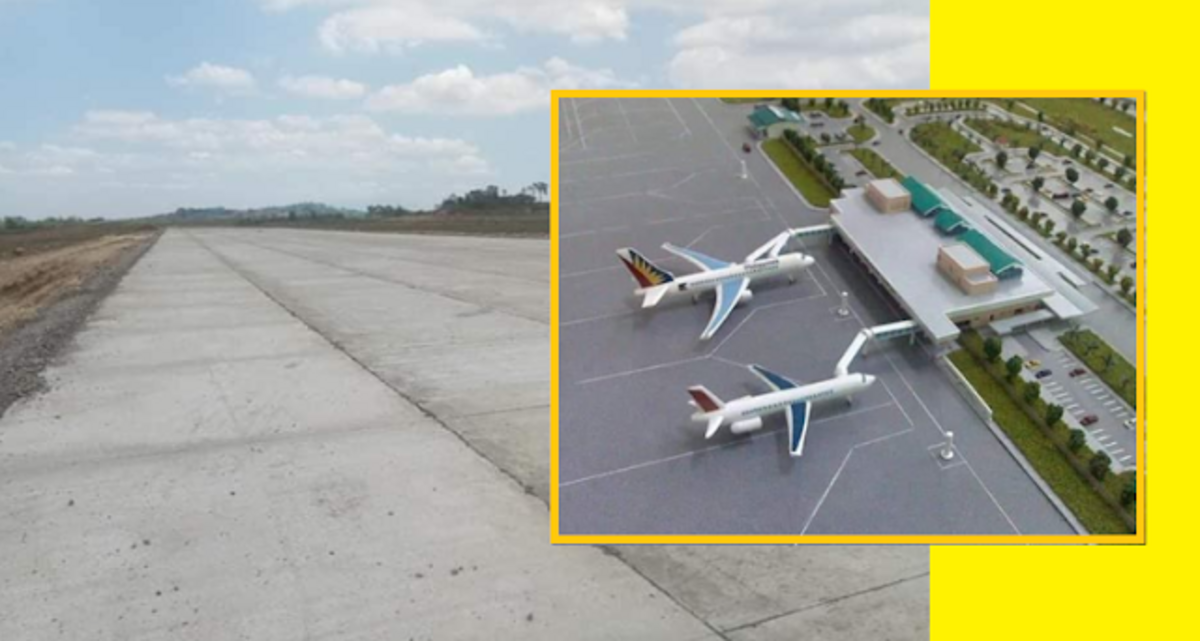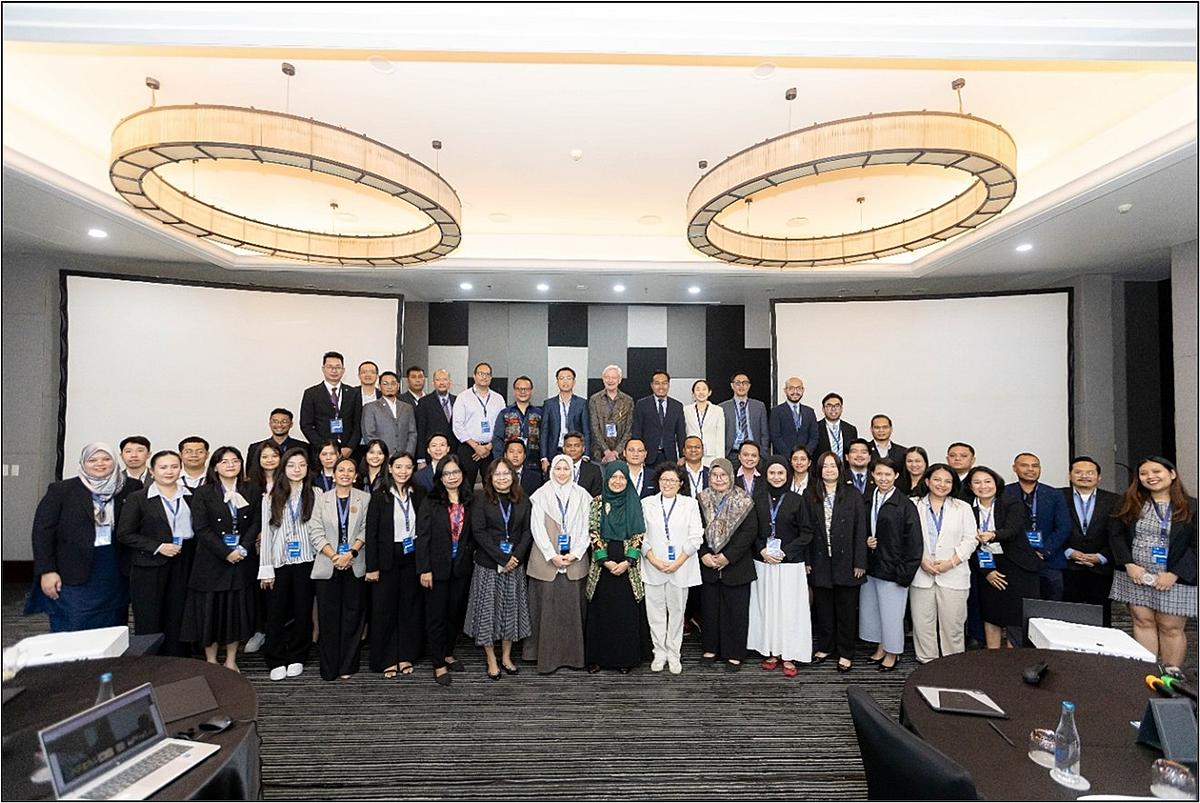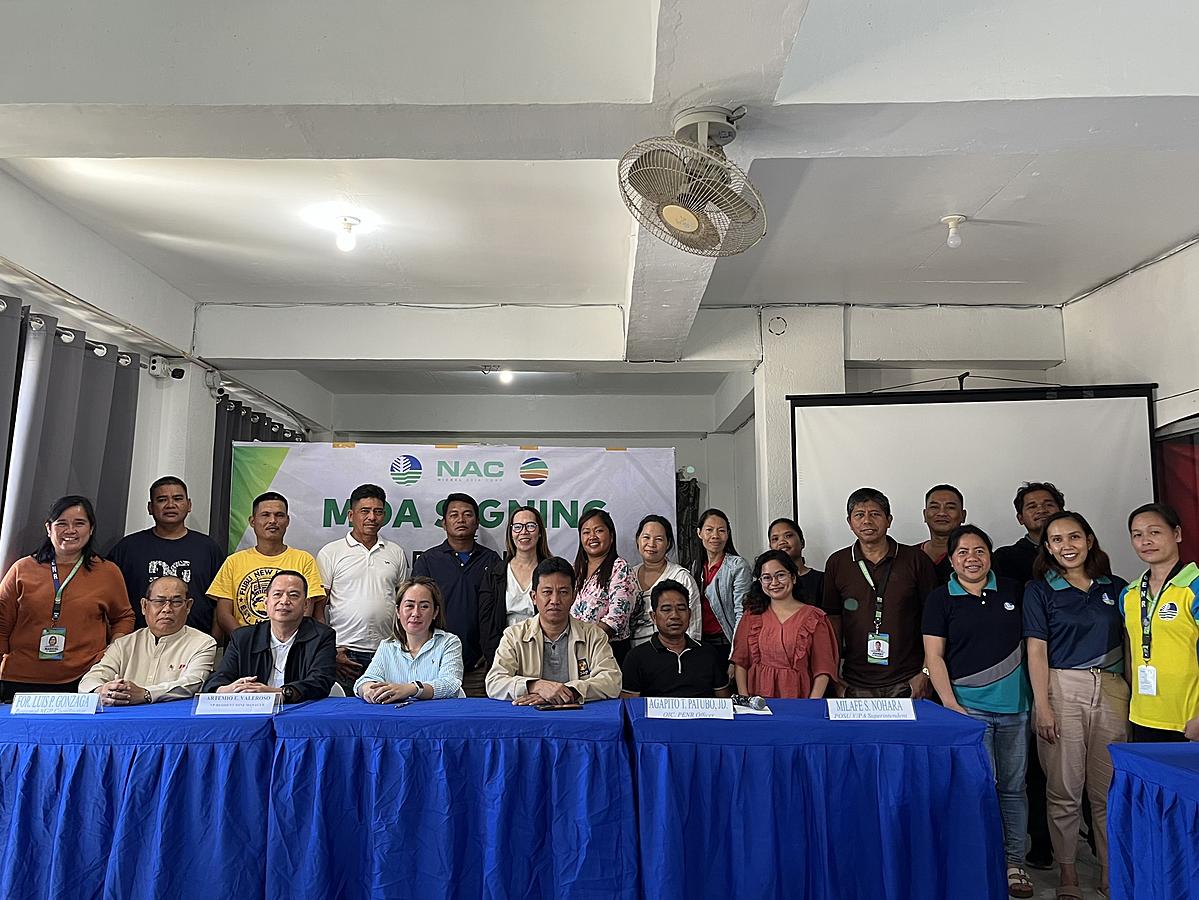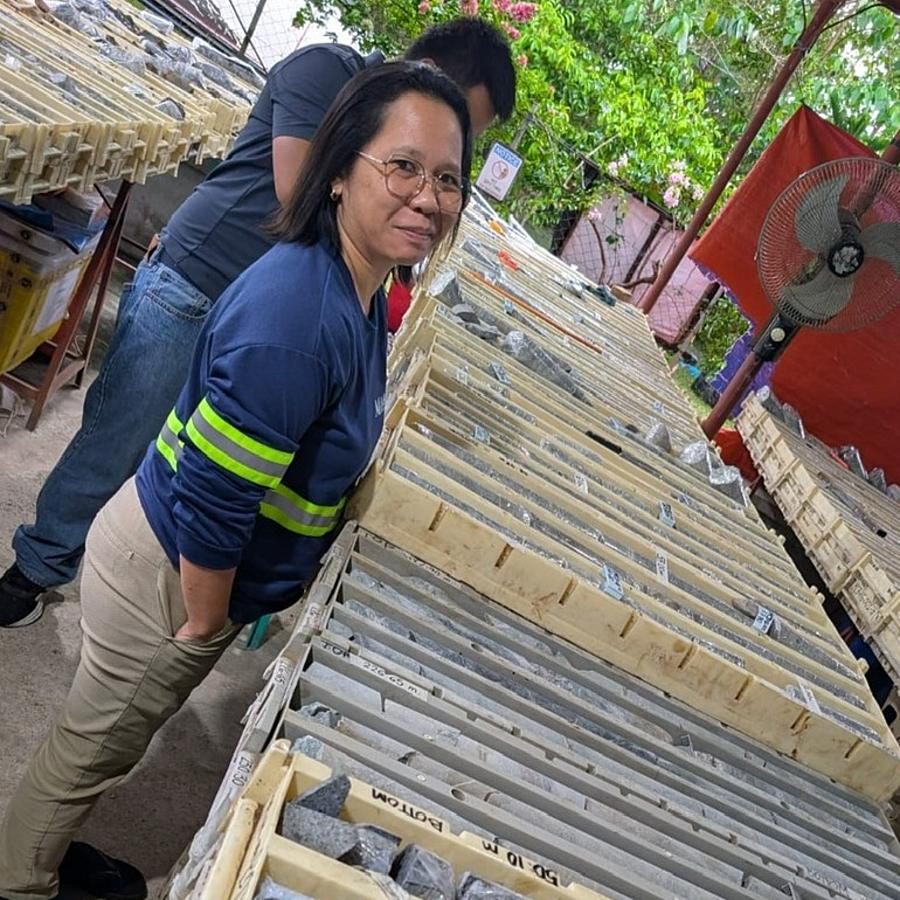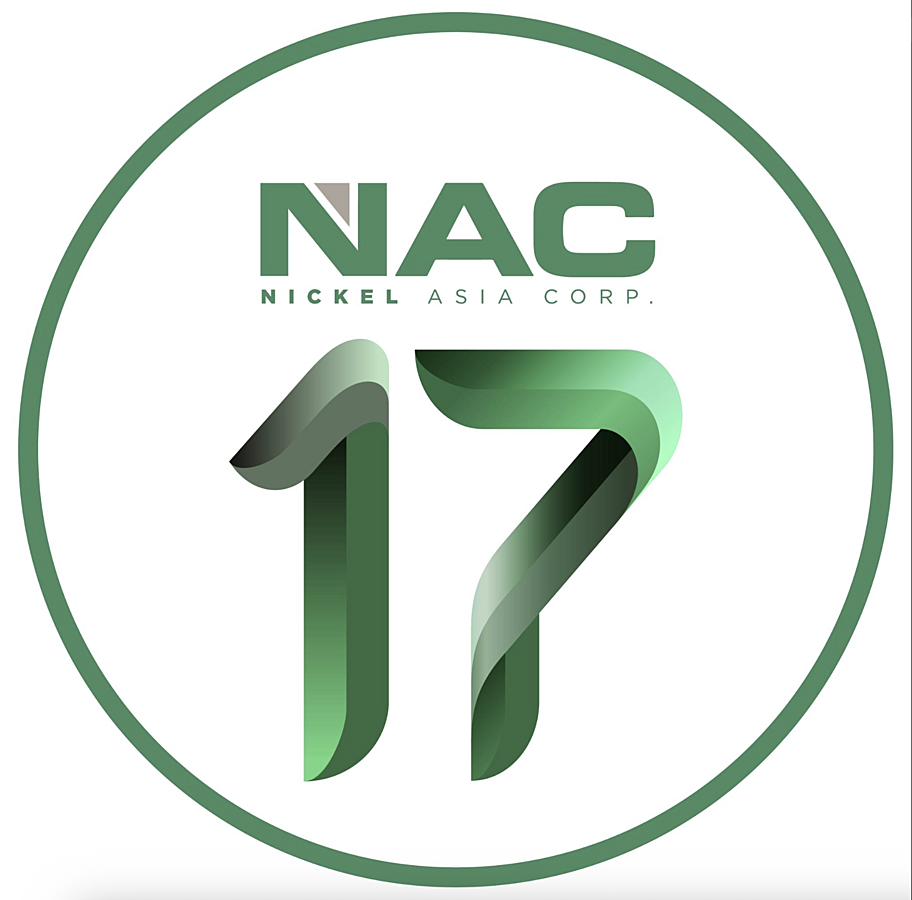Photo credit: Department of Transportation
The Department of Transportation (DOTr) is pushing for the inclusion of the newly rehabilitated and expanded airport here as among the alternate gateways for returning Overseas Filipino Workers (OFWs) and international travelers.
DOTr Secretary Arthur Tugade proposed the move on Thursday as he personally led the formal unveiling and inauguration of the city airport’s new passenger terminal building and other completed facilities.
He said the city’s international standard airport can accommodate airline passengers coming in from as far as the Middle East.
Tugade said it can be realized once the proposed increase in the daily cap for returning OFWs, currently at 2,000 for the Ninoy Aquino International Airport (NAIA), is approved.
Once the cap is expanded, he said NAIA might “choke” with the influx of airline passengers from various countries.
“If we will increase the cap, we need to expand our gateways and not limit them to Clark, Cebu, and NAIA. We can include GenSan among the gateways for travelers from Doha who are going to Manila,” he said in a press conference.
He said they will propose such strategy with the airlines serving the international routes, including the Philippine Airlines, and seek the approval of the city government.
The other possible alternate gateways could be the Laoag International Airport in Ilocos Norte and the Bohol-Panglao International Airport, Tugade said.
The rehabilitated and expanded General Santos Airport passenger terminal building, which was completed early this month, is part of the PHP959-million upgrade implemented by the national government.
The other completed components are the procurement and installation of navigational aids and the construction of the new Civil Aviation Authority of the Philippines (CAAP) administration building at the airport.
Under the project, Tugade said the passenger terminal area has tripled in size from 4,000 to 12,000 square meters.
“This will allow the airport to accommodate more passengers and provide them comfortable and convenient travel,” he said in his speech.
A DOTr report said the larger passenger terminal building can now accommodate around 2 million passengers annually, a significant jump from the previous 800,000 per year.
Tugade said the improvement at the city airport will continue next year with the upgrading of its air control tower, which he considered as “too low.”
He said they will build a “higher and modernized” tower in 2022 to make it “more world-class” and can easily adjust to the needs of the airport.
The official said the upgrading of the airport, which started in 2018, is among the agency and the national government’s top priorities in Mindanao.
He said the initiative is part of the government’s efforts to bring more progress and economic opportunities in Mindanao, which “suffered from long years of neglect in terms of development.”
Tugade said they endeavored to implement these projects despite the challenges posed by the continuing coronavirus disease 2019 (Covid-19) pandemic to pursue their goal of giving a “comfortable and convenient life” to Filipinos.
“After the pandemic, we want all these developments in place and ready to benefit the people,” he said.
In a video message, President Rodrigo Duterte commended the DOTr, the local government, and concerned stakeholders for completing the projects at the city airport amid the Covid-19 pandemic.
He said the city has “gone a long way” in terms of the development of its air connectivity and airport facilities.
“The rehabilitation and expansion of the airport passenger terminal building, among others, will truly boost General Santos City’s role as an agro-industrial and eco-tourism hub,” the President said.
City Mayor Ronnel Rivera lauded the national government for helping the city realize its dream of having an international-standard airport.
Aside from the expanded passenger terminal building, the airport is now capable of accommodating bigger aircraft like Boeing 737 and 747, as well as Airbus A330, A340, and A350.
“(What) we are seeing now is a result of multisectoral commitment and dedication in various stages of the airport development, which includes coordination of several initiatives, preparation of the airport master plan, operations, and marketing,” he said.
The mayor said the local government will continue to engage with prospective investors and airlines for the opening of more flights to and from the airport and the development of adjacent areas.
He cited the proposed establishment of an aerotropolis or growth area centered on the city airport and its surrounding areas.
“We are opening a wide array of opportunities, not only on the improvement of our infrastructure facilities but also in terms of investments that will generate more economic opportunities for the city and the entire region (Soccsksargen),” he said.
Aside from the inauguration of the airport projects, Tugade also led the unveiling of completed initiatives at the Makar port here.
The DOTr said it includes the construction of the Port Operations Building and other vital facilities, which includes a parking area, covered court, port manager’s quarter or Day Care Center, and drainage system.
“The improved port of Makar will now offer safer, comfortable, and a more convenient port experience to passengers, while ensuring a faster turnaround for vessels, cargo trucks, and other ancillary service providers,” it said.
Article courtesy of the Philippine News Agency

